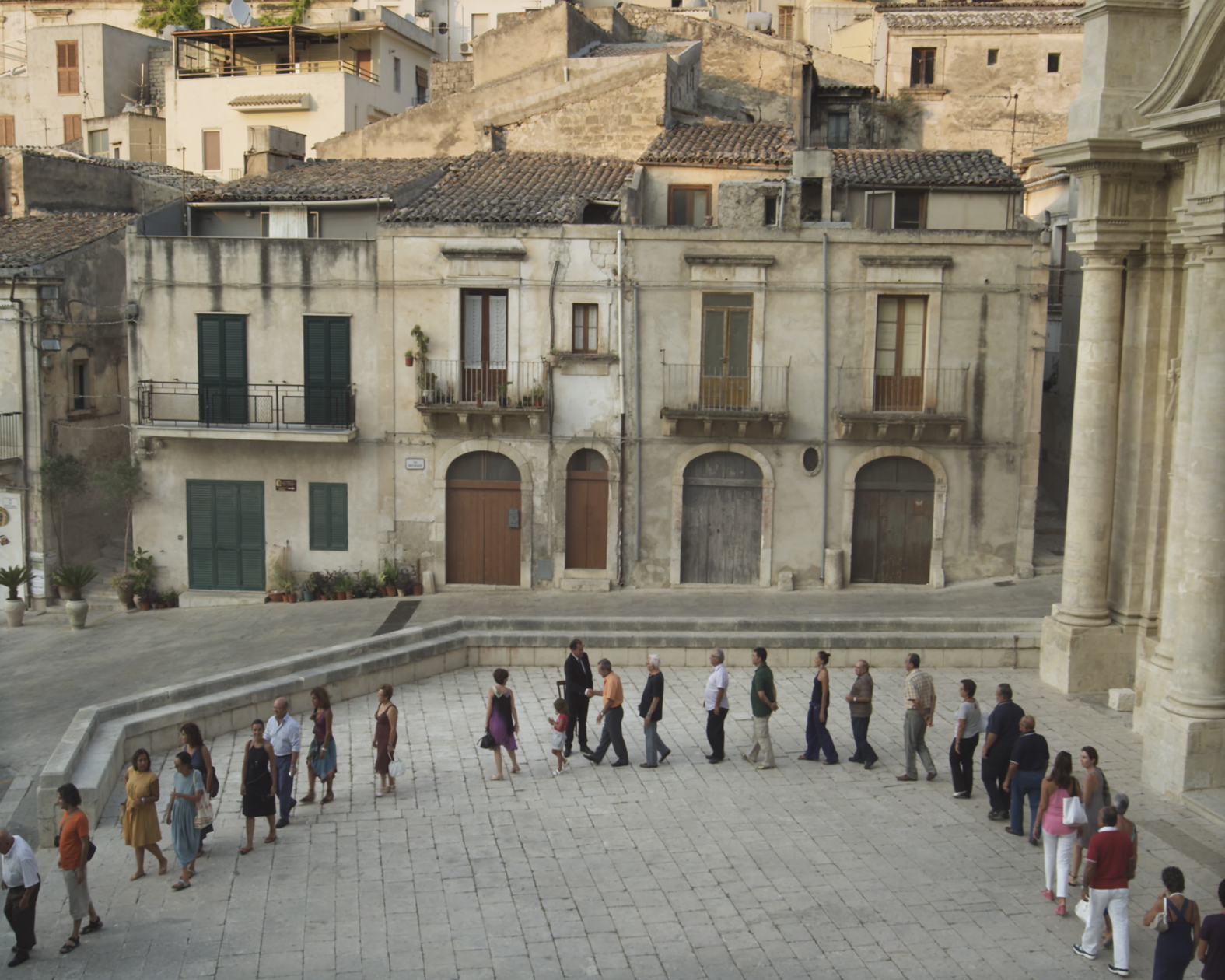Academic year 2021-22, semester 2, Brussels
Engagements: Legacy, The Brussels Way
By Patrick Moyersoen & Jasmien Wouters
—
The emanation of the commons
Architecture in a city without majorities
A city without majorities:
The studio is rooted in Brussels, as a sample of a metropolitan environment going through steep transformations. The shift of demographics and power balances, the local so much entangled in the global, the vast consequences of climate change, the new awareness of vulnerabilities by the pandemic, the dematerialization in a digital age… are altering the fundamentals of a city as Brussels. Old narratives became obsolete and there is a big need for conglomerating dynamics, tying the city together was it for a moment, taken into account the hyper diversity, the inequalities, the rapid changes but also the strength of the urban context to ferment common ground? The historical culture lost its dominance, so, how to make architecture, not in but for a city, as so much things became fluid?
The commons:
Within the gaze of urban life, there are these shared moments. Stolen or frozen times when individual tracks suddenly converge, and exchanges occur beyond differences. Based on common interest in resources, needs or social interest, commons only prosper when there is also a shared investment. Sharing resources, sharing management, sharing risks, sharing the outcomes… creates a dense social fabric where people meet and find common ground.
Architecture:
Architecture needs to invent new forms to fulfil it’s promise to create a roof for public life, since public life and the notion of the commons has evolved so deeply. Roof, walls, floor and ceiling, the openings we create, the outreach we project, the sequences we orchestrate through pathways, the light we embrace, the touch of chosen materials, the attention for the detail, can we make it connect with the contemporary city? Can it install the commons? Emanate a possible common?
—
The studio will allow students to develop a personal stance regarding these topics. By investigating a possible architectural proposal for a larger scale intervention, the project will test and propose a renewed urban architecture for the Brussels of the XXI° century.
The focus will be architectural: how a more collective dimension can be installed in between the private and the public, by common facilities, dealing with themes as the history and the future of places, responsible use of resources, the built and the unbuilt, the articulation of privacy and public exposure.
The studio is a journey exploring the existing realities and known typologies of common places, analyzing and projecting contemporary way(s) of life in the inner city, designing new urban forms and materializing them into a significant depth, to become concrete architectural proposals that can be experienced and debated. An architectural vocabular and grammar needs to be developed able to give form to an actual urban culture (or cultures) and able to deal with the richness the old forms.
The studio is no linear experience, it’s an iterative learning process, through the dynamics of designing a project, back and forward. Discursive interventions will upload the conversations we’ll have, because the creation of architecture has to be imbedded in a wider discussion about society and the cultural field, about architectural and urban cultures, the arts, about the urgencies and the deep disruptive transformations we witness.
But foremost the studio is rooted in the honesty of the making. Through the act of making – drawings, plans, models, images – the design takes form. This work is the driving force of our exchanges, challenged week by week, allowing you to go into the depth of your design, from urban scale till a tactile scale and, based on sound research, to be encouraged to develop a line of reflection and a personal architectural language.
The studio is about exploring the contemporary urban condition, through explorative design.
Read more about the studio here.
Student work 2020-21: Egle Kliucinskaite – Veronica Marie Volz – Hasan Mahdi Rasen Al-Sallami.
More questions: patrick.moyersoen@kuleuven.be & jasmien.wouters@kuleuven.be.
—
(Image: The Encounter (Video, ’22), Adrian Paci, 2011)
The video work “The Encounter” shows a man, who places a chair in the middle of a public square. He takes a seat. Gradually, several hundred protagonists enter the square and approach the seated man in order to shake his hand. The simple and habitual gesture of the handshake is repeated so often that it transforms itself into a meaningful ritual. While the reason for the ceremonious meeting remains unknown, the encounter between the participants becomes charged with tension. A moment of connection occurs, not only between the persons, but also between the participants and the square, which is transformed into a stage. The video work was produced in the town of Scicli on Sicily.

